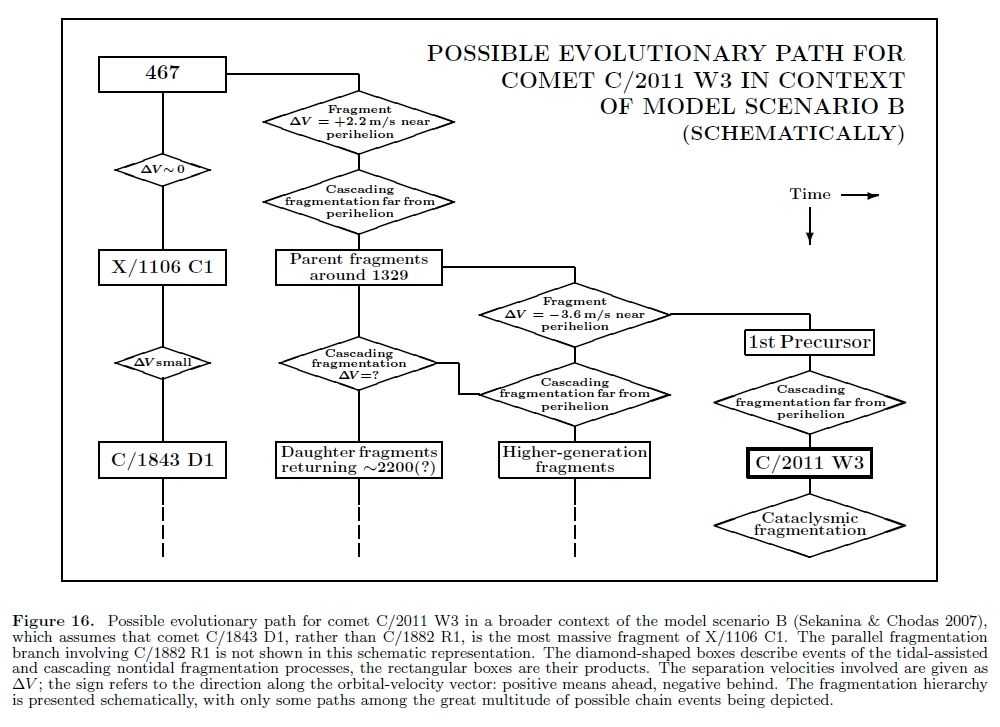But team, I still remember my introduction to Comet Hyakutake. Myself and two mates, giving a home made, 8" f7 Newtonian its first light, in a dark, remote paddock. We knew the comet was coming; for the previous two nights, I'd spied 'it' (errm, do we regard comets as having the male or female vernacular?), with 50mm binoculars and saw a nice glowing blob, but no more.
This night, we spent our time, calibrating the telescope, checking out the local scenery, LMC, 47 Tuc, Jewel Box, Omega Cent, NGC 4945, Cent A (sorry guys), and by midnight, and after a few cans of light ale, it was time to head home. One last scan of the glorious vista, and I was the first to remark - 'whats that?'
I could see what appeared to be a distant search light in the north east.
"Ah, that's just the light (pollution) from the Alumina refinery (that is my place of work)", said my fellow. But after a minute, we knew, this was Hyakutake, so close, you could almost hear her (there ya go!). We stayed in the paddock 'till 3am, wishing we had a pair of 7X50's, though, through the telescope, the coma/nucleus appeared like a tiny point of light - the sun was due by 5:40.
I've just checked outside, high level cloud
Many thanks to UMSF for this absorbing thread.
